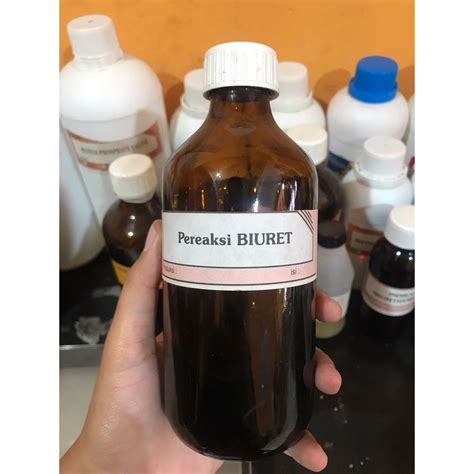In analytical chemistry, the precise measurement of liquid volumes is crucial for accurate and reliable results. Among the various volumetric glassware, the buret holds a prominent position for delivering precise volumes of liquid reagents. A 50 mL buret, in particular, is a versatile tool commonly used in titrations and other analytical procedures. Understanding the proper reading and use of a buret is essential to ensure accurate volume measurements and minimize errors.

Understanding the Biuret
A buret is a long, graduated glass tube with a stopcock at the bottom. It is designed to dispense precise volumes of liquid, typically ranging from 10 mL to 100 mL. The 50 mL buret is a common size used in laboratory experiments.
The buret is calibrated with a series of graduations, each representing a specific volume. These graduations are usually marked in milliliters (mL) or fractions of a milliliter.
Biuret 50 mL Reading Procedure
Properly reading a 50 mL buret requires attention to detail and precise eye alignment. Follow these steps to obtain an accurate reading:
- Level the Biuret: Ensure that the buret is level on a flat surface. This prevents parallax errors and ensures a consistent reading.
- Set the Meniscus: Fill the buret with the desired liquid. Observe the bottom of the meniscus, the curved surface of the liquid. Align your eye level with the bottom of the meniscus.
- Read the Graduation: Read the volume corresponding to the bottom of the meniscus on the buret scale. Estimate the volume to the nearest 0.01 mL or as per the required precision of your experiment.
Common Mistakes to Avoid
Several common mistakes can lead to inaccurate buret readings. Be aware of the following:
- Parallax Error: Misalignment of the eye can lead to parallax error, resulting in an incorrect reading. Always ensure that your eye is level with the bottom of the meniscus.
- Meniscus Reading Error: Incorrectly reading the bottom of the meniscus can introduce significant errors. Focus on the lowest point of the meniscus for an accurate reading.
- Dirty Biuret: A dirty buret can affect the accuracy of the reading. Clean the buret thoroughly before each use.
Tips and Tricks
- Use a Magnifying Glass: For improved precision, use a magnifying glass to accurately align your eye with the bottom of the meniscus.
- Use a Colored Liquid: Filling the buret with a colored liquid can make the meniscus easier to see, especially in dimly lit conditions.
- Calibrate the Biuret: Regularly calibrate the buret using a standard solution to ensure its accuracy over time.
Applications of Biuret 50 mL Reading
Biuret 50 mL readings play a vital role in various analytical applications:
- Titration: In titration, the buret is used to deliver a known volume of titrant to the analyte solution. Accurate reading of the buret ensures precise determination of the analyte concentration.
- Volume Measurements: The buret can be used for precise measurement of liquid volumes in experiments involving dilution, extraction, and other analytical procedures.
- Calibration of Other Volumetric Glassware: Biuret 50 mL readings can be used to calibrate other volumetric glassware, such as pipettes and volumetric flasks.
Conclusion
Accurate reading of a 50 mL buret is essential for reliable analytical results. By following the recommended procedure and addressing common mistakes, chemists can ensure precise volume measurements. Understanding the principles of buret reading empowers analysts to obtain accurate and reproducible data in various laboratory applications.
